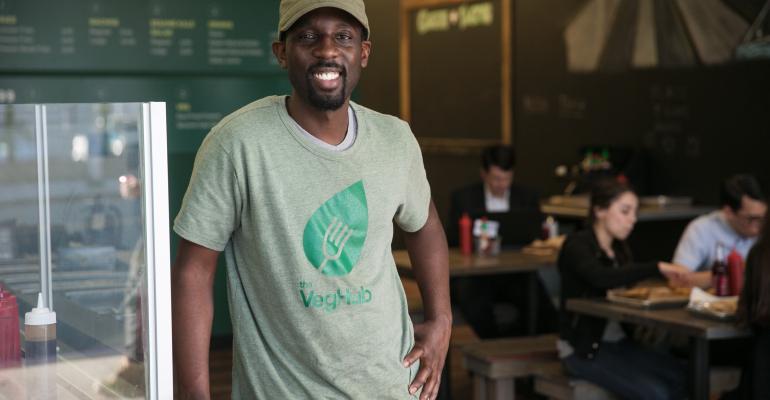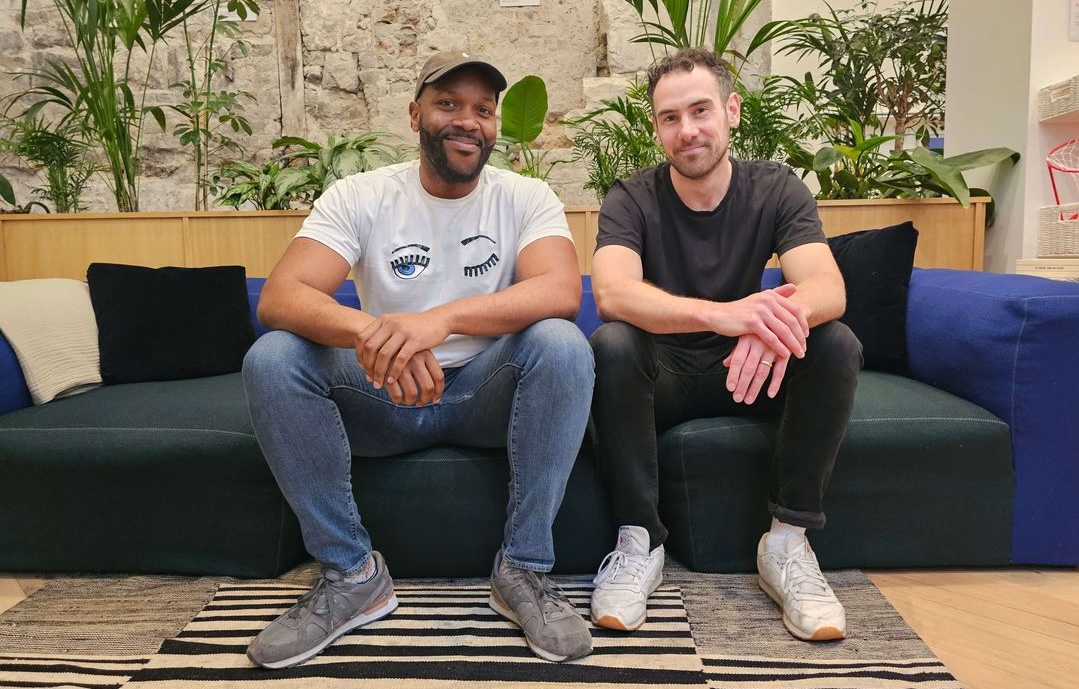Seemingly everyone is creating a fund to address themes ranging from reparations to crypto-enviro. As impact investors, redesigning our economic relationships is just as important.
More flexible debt and equitable growth capital that recognize our shared need for consent and self-determination can help build all kinds of businesses. With such relationships, we can create thriving communities and vibrant ecosystems.
Our experience at HomeStake Venture Partners has been primarily rural, but we continue to support underrepresented entrepreneurs across the country with strategic CFO and structuring support services we offer to businesses and investors as a back end “math department.” We made our first revenue-based loan in 2017 to a couple who had been farming for nearly a decade. They had an opportunity to buy a community farm, but their projected revenues wouldn’t meet the bank’s cash flow requirements.
>>> JOIN Agents of Impact Call No. 42: The rise of alternatives to venture capital. Join Kim Folsom of Founders First Capital, Wefunder’s Jonny Price and other Agents of Impact to explore how flexible and equitable financial tools are changing who and what gets funded, Tuesday, May 10 at 10am PT / 1pm ET / 6pm London. RSVP today.
We partnered with one of the farm’s vendors to create a revenue-based loan agreement to complement the partial financing Farm Services Agency could provide. Our loan allows for a grace period and then interest-only payments when revenues run below a certain threshold. When revenues allow, the farmers pay down principal on the loan and an eventual balloon payment gives them flexibility to refinance with the right partner given that their equity position has improved over time.
Flexible loans
A growing set of community financiers are centering control in the lived experiences of the entrepreneurs and their communities rather than imposing external frames that don’t accede self-determination for those who have been disenfranchised and disinherited.
On the loan side, Native community development financial institutions, Black-owned minority depository institutions, and private debt funds like Olamina, Native Women Lead, and Real People’s Fund, among others, are leading the charge by redefining the 5C’s of credit to focus more on community and character rather than the conventional checkboxes of credit scores and collateral.
In addition, the attention to using company revenues and interest-only grace periods, as opposed to standard amortization schedules, has helped growing businesses work with their inconsistent cash flows so they don’t enter default if and/or when challenging conditions develop.
At HomeStake, we also have a consulting and advisory firm, 45North Partners, that guides individuals, families, and foundations toward integrating their investments with their values.
We worked with one of our clients to structure a loan to an emerging entrepreneur that included an interest-only grace period and a longer repayment timeline to accommodate their slow growth. Our underwriting centered on their character and community referrals, and we included our version of integrated capital in the form of a grant to a local technical assistance provider to support the entrepreneur in their learning journey as they gained comfort with the operational aspects of bookkeeping, inventory management and sales.
Equitable growth capital
It is on the equity side, however, that the real opportunities for providing non-extractive growth capital come into focus to create opportunity, build equity and distribute power for underrepresented entrepreneurs and communities. With a growing number of exceptions like WOCstars, the 22 Fund, and Beyond Capital Ventures, the only option for equity financing available to growing companies is straight exit-based venture capital for rocket-ship growth enterprises with white male founders.
Conventional venture capital has contributed both to the success of the information age and to the further entrenchment of our highly individualized culture. Regardless of its place in history, the reality is that it simply isn’t a fit or isn’t available to most businesses. By some measures, far less than 5% of companies receive venture capital funding and of that small number, less than 2% goes to women or BIPOC founders. With its requirements for huge total addressable markets, 24/7 commitment to hypersonic growth, and laser focus on highly profitable exits, most businesses simply don’t meet those criteria.
And for many entrepreneurs, giving up substantial control and ownership of their companies to grind tirelessly toward someone else’s vision isn’t why they started their businesses; rather, they wanted an opportunity to build on a dream that gives them some degree of autonomy and security. Impact investors should recognize that continuing to look to exit-based venture capital funds as the only option for providing equity for growing businesses limits access to capital and isn’t moving the needle toward a shared economy.
As one example of an alternative to traditional venture, we have created revenue-based equity terms over the past five years where most, but not necessarily all, of an equity investment is repurchased through a company’s free cash flow. This usually amounts to a small fraction of a company’s gross revenues, and we work with the founders to set a total return that typically ranges from 1.5x and higher, depending on company risk, expected time frame, and founder goals. We also include a pathway to convert to true equity in certain circumstances. We don’t require control provisions and we set revenue thresholds before repayments begin to help companies use the capital for its intended purpose – growth.
All this structuring occurs with a focus on the entrepreneur while also working with asset owners to invest directly in their communities to help build wealth that circulates within local economies instead of being exported to large banks and financial centers.
Some investors balk at the idea of limited upside, but what’s wrong with doubling or tripling your money, especially as an alternative to a framework where most of the companies in the portfolio are statistically determined to fail? And further, if one is claiming to be making impact investments that are intended to change the flow of capital and empower underserved entrepreneurs and communities, then isn’t the point to help build all kinds of businesses and keep a substantial part of the value created by those companies within the community rather than exporting it elsewhere?
One of our portfolio companies, a regional health care provider based in Southwest Montana, Eating Disorder Center of Montana (EDCMT), was able to secure a bank loan to acquire a facility for a residential program that would allow them to expand their services and improve their margins. They came to us because they needed additional capital to build out their space and we worked with them to recast their projections and created a revenue-based equity structure that met their needs and those of our investor group. Over the past five years, they have been able to expand their services and hire more professionals, all while continuing to be a key member of the community. In three years, they have returned more than 50% of the capital our group provided and over the next several years are on track to meet our shared goal of full payout with upside – with the founder retaining control and ownership of her company – without having the company sell to a larger health care provider.
Community banking 2.0
Other companies we’ve worked with using revenue-based equity include Something Better Foods in Oakland, a SaaS company for tour operators called TOMIS in Missoula, and several others. In each of these cases, we’ve thought about our approach as “Community banking 2.0” which references the fact that prior to the consolidation of the banking industry, locals were key depositors providing financing to one another through a community bank and those Main Street businesses provided the foundation for an autonomous and interconnected middle class.
Reforging the tools of finance for a more inclusive economy isn’t a panacea for our collective ills. A reinvigorated middle class won’t stop climate change overnight, and creating opportunity, building equity, and empowering underrepresented entrepreneurs and communities will not adequately address the legacies of extraction, slavery, and land dispossession. But if we can be more diligent in designing our economic relationships, we may just be able to create thriving communities and vibrant ecosystems that endure far beyond the next generation.
Bill Stoddart is co-founder of HomeStake Venture Partners and founder and president of 45North Partners.











